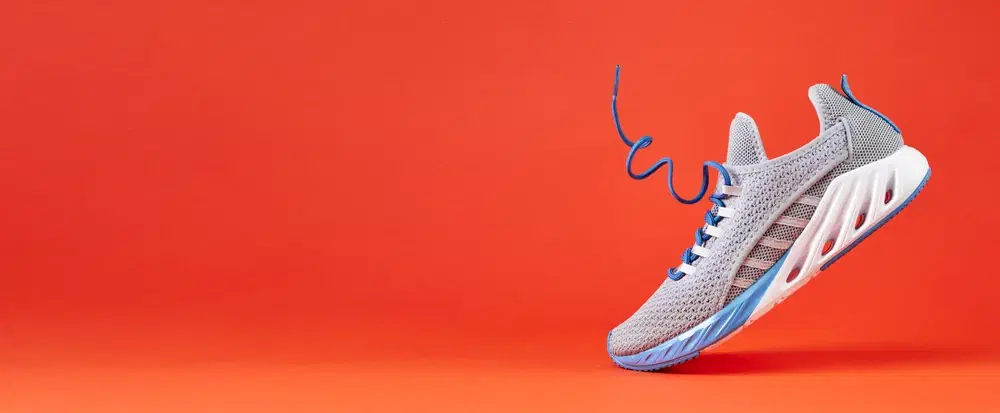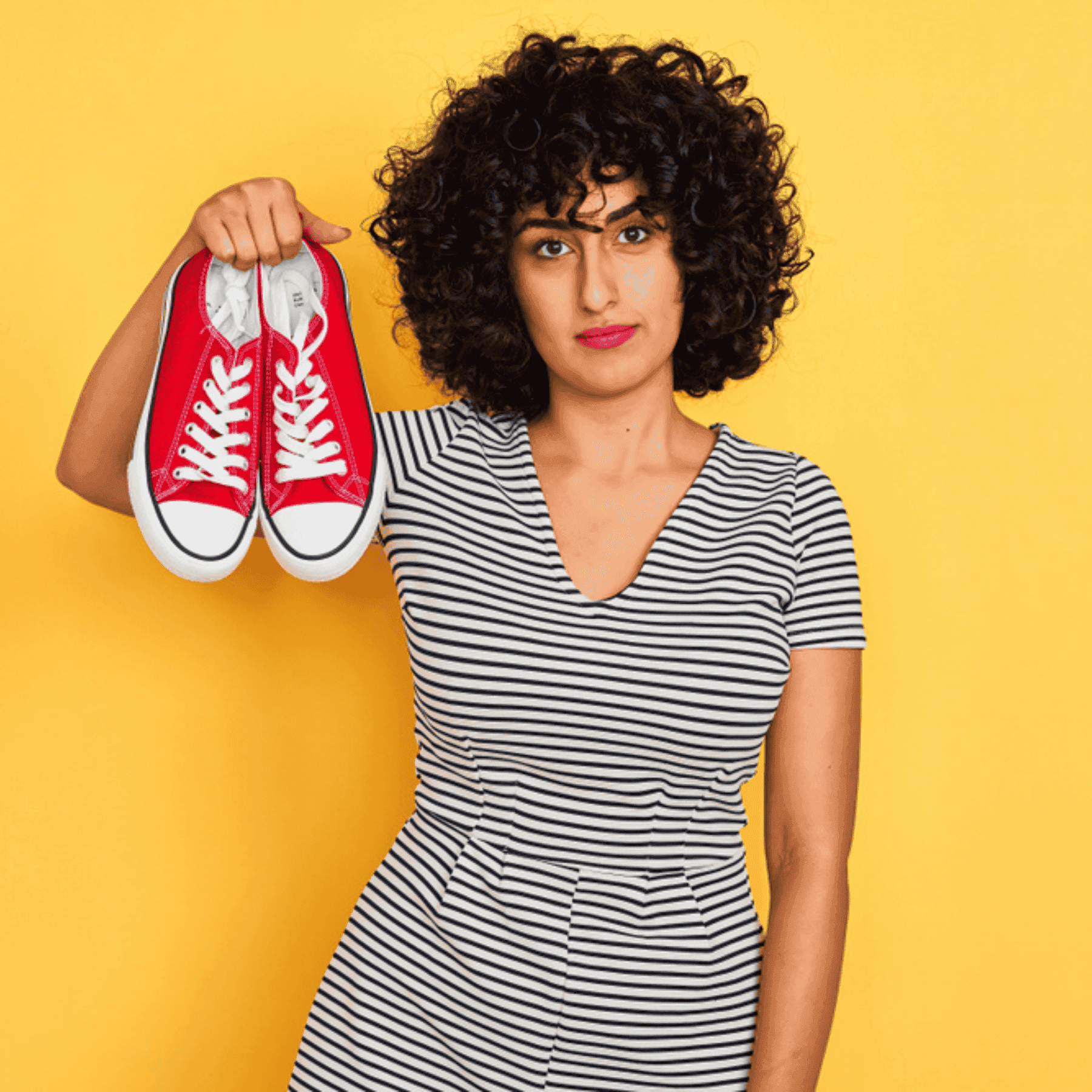
Footwear Guide
•04 min read

Choosing the right running shoe brand can feel overwhelming with so many options available. Whether you’re just starting your running journey or you have several miles under your belt, finding a pair that fits your needs can boost your performance and enhance your comfort. This checklist will guide you through essential factors to consider when asking, “which brand is best for running shoes?” and help you confidently select a pair that aligns with your running goals.
Begin by determining your running goals. Are you training for a marathon, sprinting short distances, or enjoying casual jogs? Your training regimen will influence the kind of running shoes you need. Also, consider the surface where you run. Road, trail, or treadmill running have varying requirements when it comes to support and grip. Additionally, recall your frequency of runs. Daily runners might need shoes with greater durability compared to those who run occasionally.
Understanding your foot type and running style is crucial. Learn about pronation to know whether you have a neutral, overpronated, or underpronated gait. It is equally important to consider your arch type—whether flat, medium, or high—as it plays a vital role in choosing comfortable running shoes. A visit to a running store for a gait analysis can offer personalized insights into choosing the perfect shoe structure for your stride.
Comfort is the bedrock of any good pair of running shoes. Start with proper sizing to ensure plenty of room in the toe box and a snug grip around the heel. Breathability is another key feature, and mesh uppers are excellent for keeping your feet cool and dry during long runs. Cushioning, especially in the midsole, is essential to absorb shock and reduce impact, ensuring a smooth run every time.
Opt for shoes crafted with high-performance materials made to withstand the rigors of daily running. A good outsole should offer reliable grip and stability tailored to your running environment. Lightweight running shoes are highly recommended as they can enhance your speed and reduce fatigue, a feature considered highly by runners seeking top-rated options.
For beginners, stability shoes that come with extra support and cushioning guide new runners toward a comfortable experience, reducing injury risks. In contrast, advanced runners might favor high-performance models that incorporate innovative technologies, such as carbon plate designs, to boost their racing performance while maintaining comfort and support. Regardless of your level, always focus on which features of good running shoes that matter most to you.

This checklist also highlights popular running shoe brands that have earned the trust of runners around the world. Many of these best running shoe brands are celebrated for their innovative designs and commitment to performance. Their models range from comfortable running shoes for everyday training to high-performance running shoes optimized for race day. These brands frequently receive top-rated reviews from runners who appreciate the perfect blend of style, functionality, and modern technology.
Each brand brings its own unique technologies and design philosophies to the table. For instance, some brands use innovative knit technologies for enhanced breathability, while others focus on proprietary cushioning systems that provide excellent shock absorption. User reviews and brand reputations also play an important role when considering how to choose running shoes that suit your personal style and performance needs. These factors not only lead to sturdy, durable options but also align with the ethos of staying fashion-forward and authentic in your self-expression.
When selecting your pair, it’s a good idea to test multiple brands. Visit physical stores so you can try on different models and assess their comfort in real time. Reading reviews from runners with needs similar to yours can provide additional insights into the features of good running shoes. It’s also important to factor in your budget. A running shoe buying guide should help you balance affordability with quality, ensuring you find a pair that offers the best value for your money.
While shopping, consider buying later in the day. Your feet naturally swell as the day goes on, meaning evening trials can secure a more accurate fit. Regularly replacing your running shoes is also recommended, as most shoes maintain their support and cushioning for about 300-500 miles. Lastly, try not to be swayed solely by aesthetic appeal; prioritize functionality and comfort to truly enhance your running experience.
Insight Corner: Did You Know?
Many running injuries, such as shin splints and plantar fasciitis, can be linked to the use of shoes that don’t support your foot structure adequately. Choosing a brand with a strong emphasis on proper support, cushioning, and fit not only improves your performance but also minimizes injury risks, ensuring that your running journey remains safe and enjoyable.
When evaluating your options, consider these key questions: Does the brand offer shoes that are tailor-made for your running style and the surface you run on? Are the shoes supportive and comfortable for your specific foot type? Do they provide a mix of durability and lightweight design that fits your budget? And finally, are there models available for beginners as well as high-performance options for more advanced needs? Reflecting on these questions can guide your purchase.

Before finalizing your choice, it is wise to perform a wear test. Jogging around in the store or on a treadmill can reveal how well the shoes perform under real running conditions. Also, check the store’s return policies to make sure you have the flexibility to exchange or return the shoes if necessary. Reviewing warranty details can further assure you of the quality and longevity of your new running shoes.
The best brand depends on your individual needs, running style, and the features you prioritize in your shoes.
Beginners should look for shoes that offer a good balance of stability and cushioning, and opt for models that focus on support and durability.
Good running shoes provide excellent cushioning, secure support, durable build quality, breathability, and overall comfort.
Yes, lightweight running shoes can help reduce fatigue and enhance speed, making them a popular choice for both training and racing.
It is generally recommended to replace your running shoes every 300-500 miles or when noticeable wear and reduced cushioning become evident.
Selecting the best brand for running shoes means taking the time to understand your personal running needs, assessing your foot type, and recognizing the essential features that elevate your performance and comfort. This checklist has highlighted key points from assessing your running style to understanding the important characteristics of quality shoes. Use these insights to explore top-rated options and make an informed decision that best fits your running journey. Enjoy the process of discovering comfortable, durable, and stylish running shoes that mirror your unique identity as a runner.